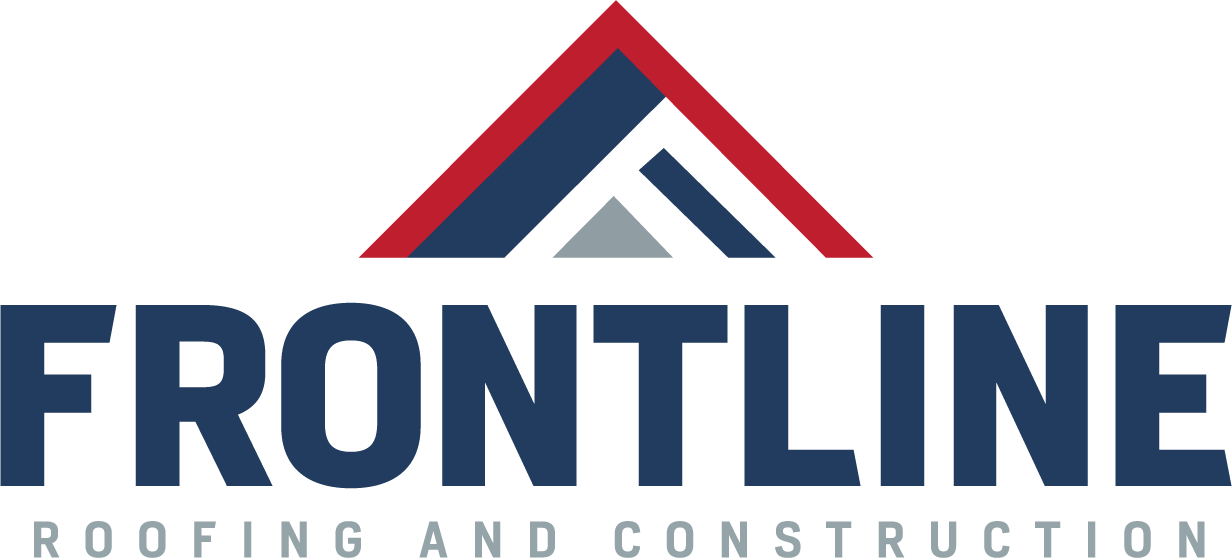Unlock the Secrets of Roof Turbines: Boost Your Home’s Efficiency and Comfort
When it comes to maintaining a comfortable and energy-efficient home, proper ventilation plays a crucial role. One of the most effective yet often overlooked ventilation methods is the use of roof turbines. In this blog post, we'll delve into what roof turbines are, how they work, and the numerous benefits they offer for your home in Stillwater, Oklahoma.
What Are Roof Turbines?
Roof turbines, also known as attic turbines or turbine vents, are cylindrical, venting devices installed on rooftops. They feature a series of curved vanes or blades arranged in a circular pattern. These vents utilize wind and thermal energy to effectively ventilate your attic, expelling hot, humid air and drawing in cooler, fresher air.
How Do Roof Turbines Work?
Wind-Powered Ventilation
The design of roof turbines allows them to harness wind energy efficiently. When the wind blows, it causes the turbine's blades to spin. This spinning action creates a suction effect, drawing hot and stale air out of the attic space. The continuous spinning ensures that the air inside your home remains fresh, reducing heat buildup.
Thermal Energy Utilization
Roof turbines don’t rely solely on wind to function. They also utilize the natural rising of hot air, known as thermal buoyancy, to ventilate your attic. As hot air rises, it escapes through the turbine, making room for cooler air to enter from lower vents like soffit or gable vents. This natural air circulation helps maintain a stable temperature within your home, thereby enhancing comfort and energy efficiency.
Benefits of Roof Turbines
Improved Indoor Air Quality
Effective roof ventilation expels hot, moist air that can cause mold, mildew, and wood rot. By keeping your attic dry and well-ventilated, roof turbines contribute to better indoor air quality, ensuring a healthier living environment for you and your family.
Enhanced Energy Efficiency
By exhausting hot air from your attic, roof turbines reduce the strain on your air conditioning system, leading to significant energy savings. In a place like Stillwater, where summers can be scorching, efficient attic ventilation can make a noticeable difference in your electricity bills.
Extended Roof Lifespan
Excess heat and moisture can deteriorate roofing materials over time. Roof turbines help to mitigate this problem by maintaining a balanced attic temperature and reducing moisture buildup, thereby extending the lifespan of your roof.
Low Maintenance and High Durability
Roof turbines are made from durable materials like galvanized steel or aluminum, making them resistant to rust and corrosion. They require minimal maintenance, allowing you to enjoy the benefits of efficient ventilation without the hassle of frequent upkeep.
Installation Considerations
For optimal performance, roof turbines should be installed by professionals who understand the specific needs of your home. The correct number and placement of turbines are crucial for achieving effective ventilation. At Frontline Roofing and Construction in Stillwater, Oklahoma, we offer expert installation services to ensure your roof turbines operate at peak efficiency.
Conclusion
Roof turbines are a highly effective, energy-efficient solution for attic ventilation. They harness wind and thermal energy to expel hot, stale air and draw in cooler, fresher air, thereby improving indoor air quality, reducing energy costs, and extending the lifespan of your roof. If you're considering upgrading your home's ventilation system, don't hesitate to contact Frontline Roofing and Construction. Our experienced team is here to provide you with top-notch installation and maintenance services to keep your home comfortable and well-ventilated.
For more information or to schedule a consultation, visit our website or give us a call today. Your home deserves the best, and we're here to deliver!
